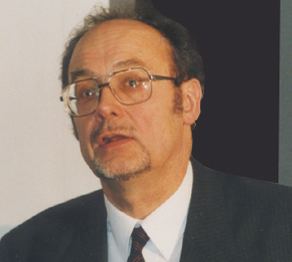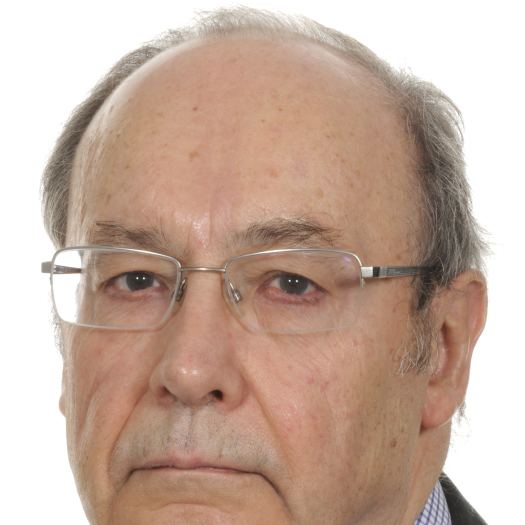Name Tim Crow | ||
 | ||
Valley of echos tim crow official music video
Tim Crow FMedSci is a British psychiatrist and researcher from Oxford. Much of his research is related to the causes of schizophrenia. He also has an interest in neurology and the evolutionary theory. He is the Honorary Director of the Prince of Wales International Centre for Research into Schizophrenia and Depression. He qualified at the Royal London Hospital in 1964 and obtained a PhD at the University of Aberdeen, Scotland, in 1970. He is a fellow of the Royal Colleges of Physicians and Psychiatrists and the Academy of Medical Sciences. Crow was for twenty years Head of the Division of Psychiatry of the Medical Research Council (MRC) Clinical Research Centre at Northwick Park Hospital and then a member of the External Scientific staff of the MRC in Oxford.
Contents
- Valley of echos tim crow official music video
- Dr tim crowe dvm explains why vets and pets love kangen water
- Psychosis and schizophrenia
- Work in the Prince of Wales Centre
- Notable publications
- References

Dr tim crowe dvm explains why vets and pets love kangen water
Psychosis and schizophrenia
Crow's long term research interests are in the nature and causation of the major psychoses. These illnesses are characterised by the presence of delusions and hallucinations and disorders of thinking and generally have an onset in early and middle adult life. Encompassing schizophrenia and manic-depressive psychosis, these disorders are common, affecting around 2% of the population in the course of a lifetime.
In the first CT scan study in 1976 Crow and colleagues at Northwick Park demonstrated that there are structural changes (e.g. a degree of enlargement of the cerebral ventricles) in individuals who have suffered from schizophrenia. Much subsequent work with MRI scans and in post-mortem brain studies has confirmed this and suggests that the changes are in the cerebral cortex and particularly are related to the subtle asymmetries that are characteristic of the human cortex. Through various experiments and observation, Crow has also proven that people with Schizophrenia show less left-sided dominance for language.
What is the origin of these changes? In earlier work Crow considered but was able to rule out a viral causation. There is a genetic component but its nature has been obscure. Crow is known for his suggestion that schizophrenia is a widespread genetic anomaly which arose quite recently in human evolution. He believes that it arose with the evolution of language and that the two are linked. In his argument, he says that schizophrenia is associated with atypical patterns of lateralisation – which is the differential functioning of the left and right cerebral hemispheres. He argues that through studying epigenetic variation, we can look at the changes in human evolution and see where the alterations in our genes have occurred, that lead to language development and henceforth schizophrenia. Crow reported that lateralisation occurs greater in males, who undergo more severe psychosis. Crow’s particular recent contribution has been the proposal that the origins of the psychoses relate particularly to those characteristics (e.g. cerebral asymmetry) that are associated with the specifically human capacity for language. This leads to a theory of the origin of psychotic symptoms – that they are associated with deviations in the subtle asymmetries of development of the cortex, and that the symptoms arise as confusions between thought and speech and through the abnormal attachment of meaning to perceived speech – and to its genetic basis in the change that led to the evolution of Homo sapiens as a species.
In an article published in 1977, Crow compared three drugs (fluphenazine, chlorpromazine, thioridazine) with different tendencies to produce side effects, and was able to trace some of the anatomy of schizophrenia as well as shedding some light on what the differences between the drugs may mean. All three drugs are effective in controlling schizophrenic symptoms, but fluphenazine often causes motor side effects while chlorpromazine does less so, and thioridazine never does.
In 1980s, Crow published an article to the public that was known as a breakthrough in the field of research on schizophrenia. Crow focused on the classification of the symptoms of the disease instead of focusing on patients. Crow later introduced two syndromes of schizophrenia, one that is based on positive symptoms and the other on negative symptoms. These two syndromes are represented below as described by Crow:
Work in the Prince of Wales Centre
The work of the Prince of Wales Centre will focus on this theory through
(1) radiological investigations of brain structure in relation to the symptoms of psychosis,(2) post-mortem studies of the nature of the change at a cellular level, and(3) investigation of a gene (ProtocadherinXY) located on the X (PCDHX) and Y chromosomes (PCDHY) that has changed in the course of hominid evolution and may have played a particular role in the development of the cerebral cortex, and the evolution of language and the origins of psychosis.